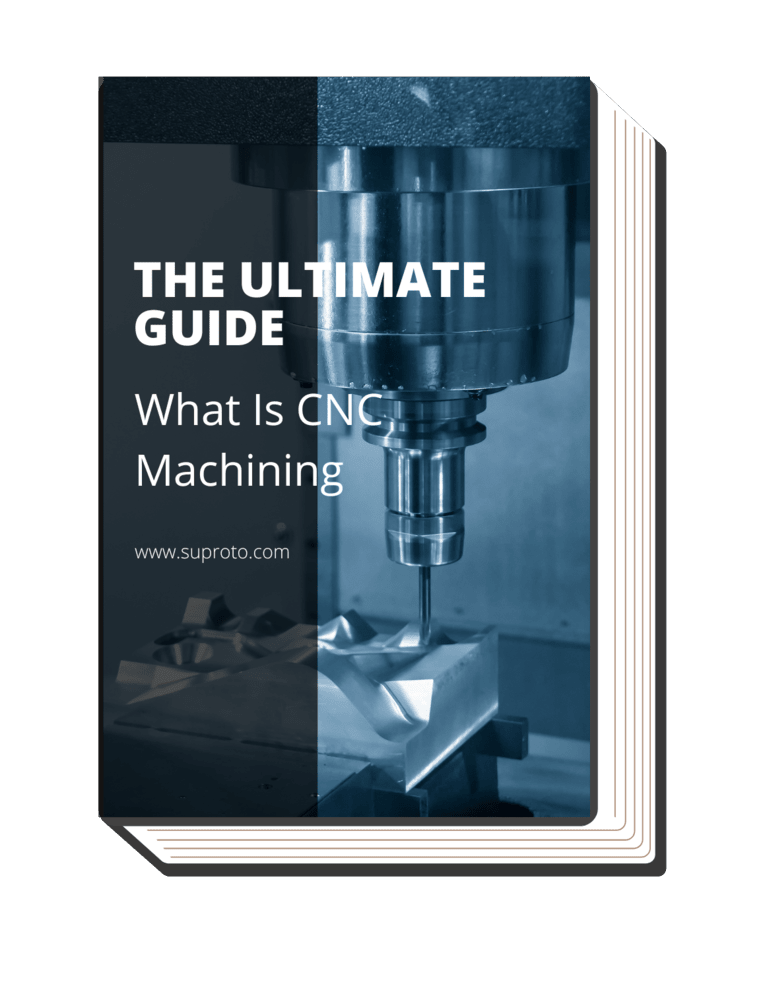Ever wondered about the backbone of the drilling industry? The one tool that makes cutting through earth or rock possible? It’s the unsung hero known as the drill rod. Despite its fundamental role in various industries, not everyone is aware of what it is, how it’s made, or how to choose the right one.
This comprehensive guide aims to address this gap – from their historical background, types, manufacturing process, common applications, safety precautions, to the factors to consider when choosing one.
So, delve into understanding this crucial tool that powers industries across the globe.
1. An Overview of Drill Rod
According to Trenclesspedia, drill rods are segments of stainless steel piping, which are joined together to form a drill string. Trust me, they play a pivotal role in drilling operations across diverse industries, as they transmit rotational torque and thrust from the drill rig to the drill bit, enabling the cutting mechanism.
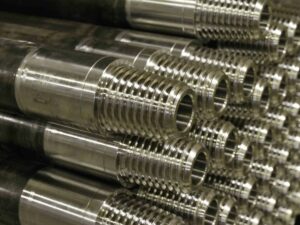
2. Historical Background of Drill Rod
Now, let’s take a walk down memory lane and explore the historical journey of drill rods. Here are some key milestones that have led to the current state of these crucial tools in the industrial world.
Early Inception
Drill rods can trace their lineage back to the dawn of civilization when early humans used simple hand drills for various purposes. As societies advanced and the Industrial Revolution came about, so did the evolution and refinement of drilling technology.
Adoption in Industrial Processes
With the surge of the Industrial Revolution, the use of drill rods became more widespread in a variety of applications, from mining to oil drilling. Based from my experience, their robustness and versatility proved crucial in the extraction and exploration industries.
Advancements in Material Technology
The 20th century brought about advancements in material technology, which impacted the production of drill rods. Different alloys and treatment methods emerged, allowing for the manufacture of drill rods with enhanced mechanical properties, ensuring they could withstand the increasing demands of modern drilling applications.
Modern Day Drill Rods
In today’s industrial landscape, drill rods have become a staple in various sectors. Continued innovations in design and material composition have led to the production of drill rods that can meet the needs of various applications, from geothermal drilling to infrastructure construction. Their story is a testament to human ingenuity and the quest for efficient resource exploration and extraction.
3. Types of Drill Rods
Stepping into the arena of drill rod types, it becomes clear that there isn’t a one-size-fits-all solution. Here are some of the different types that cater to a range of applications across diverse industries.
Steel Drill Rods
When it comes to strength and durability, steel drill rods undoubtedly hold a significant place in the industry. They’re primarily made from high-quality alloy steel that can withstand high levels of strain and pressure. Anyone will agree that steel drill rods serve as the backbone of most drilling applications, offering a combination of strength, ductility, and resistance to wear and tear.
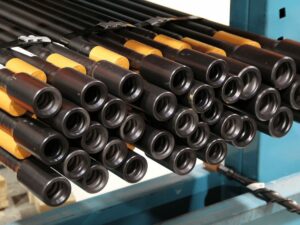
Tungsten Carbide Drill Rods
In applications where extreme hardness and wear resistance are required, tungsten carbide drill rods step into the spotlight. At Suproto, these rods, made from a composite of tungsten and carbon atoms, are known for their exceptional hardness and resistance to high temperatures. Tungsten carbide drill rods are often used in drilling applications involving hard and abrasive materials.
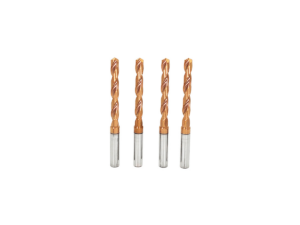
Diamond Drill Rods
For the hardest materials and the most demanding applications, diamond drill rods come into play. These rods use industrial-grade diamonds, known for their unmatched hardness, to cut through virtually any material. Diamond drill rods are often used in mineral exploration, where they can cut through solid rock to retrieve core samples. While expensive, their durability and cutting efficiency often justify the high initial cost.
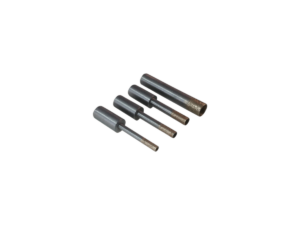
4. Drill Rod Manufacturing Process
Crafting a drill rod is a complex process that involves a series of meticulous steps. Below are the fascinating stages that raw materials undergo to become functional drill rods used in various industries worldwide.
Step#1 Preparing Raw Materials
The journey of making a drill rod starts with the preparation of raw materials. This could be high-grade steel, tungsten carbide, or industrial diamonds, depending on the type of drill rod being produced. This preparation process involves sourcing the raw material from reliable suppliers and conducting an initial inspection to ensure it is of the right quality and composition.
Step#2 Cutting and Shaping
With the materials ready, they then move on to the cutting and shaping stage. Precision tools, guided by carefully calibrated machinery, are used to cut and shape the materials. This stage is crucial in determining the drill rod’s final size and shape. At Suproto, factors such as the rod’s diameter, length, and profile are carefully controlled to meet the specific needs of the end application.
Step#3 Heat Treatment
Heat treatment follows the cutting and shaping process. In my opinion, this stage plays a significant role in enhancing the drill rod’s mechanical properties. The process can vary greatly depending on the material of the drill rod, but typically it involves heating the rod to a specific temperature, holding it at that temperature, and then cooling it under controlled conditions.
Step#4 Finishing Processes
After heat treatment, the drill rods undergo various finishing processes. This can involve grinding, straightening, and polishing to remove any irregularities and achieve a smooth, polished surface. The rods may also undergo surface treatments such as coating to enhance their corrosion resistance or reduce friction during drilling operations.
5. Common Drill Rod Applications
Drill rods find their place in various applications across different sectors. Here are the top industries where their contribution is paramount:
Mining Industry
In the mining sector, drill rods are the backbone of exploration and extraction activities. They’re used to drill blast holes in open-pit mining and create access tunnels in underground mining. Additionally, they play a crucial role in exploration drilling, where they’re used to retrieve core samples from deep within the earth. These samples provide invaluable information about the mineral content of the potential mining site.
Oil and Gas Exploration
Drill rods are also key players in the oil and gas industry. They’re used in the exploration phase to drill deep into the earth’s crust and access deposits of oil and natural gas. These rods need to withstand extreme conditions, including high pressures, temperatures, and corrosive environments.
The table below provides key considerations for drill rods in oil and gas exploration, highlighting the crucial factors such as strength, corrosion resistance, flexibility, connection integrity, and weight, which are essential for their performance in demanding drilling operations.
|
Key Consideration
|
Description
|
| Strength and Durability |
Drill rods must possess high strength and durability to withstand the extreme conditions encountered during oil and gas exploration, including high pressures, temperatures, and corrosive environments. The material composition and design of the drill rods play a crucial role in ensuring their performance and longevity. |
| Corrosion Resistance |
Drill rods are exposed to corrosive environments, such as drilling fluids and formation fluids containing various chemicals. It is important to select materials that offer excellent corrosion resistance to prevent degradation and maintain the structural integrity of the rods over time. |
| Flexibility and Stiffness |
Drill rods need to balance flexibility and stiffness to effectively transmit torque and axial loads during drilling operations. They should be flexible enough to navigate through the subsurface formations while maintaining sufficient stiffness to resist bending and buckling. |
| Connection Integrity |
The connections between drill rods are critical for efficient drilling operations. It is essential to ensure strong and reliable connections that can withstand the high forces and torque exerted during drilling. Proper installation, maintenance, and inspection of the connections are vital to prevent failures and maintain drilling efficiency. |
| Weight and Length |
The weight and length of drill rods impact the drilling efficiency and the overall operation. Lightweight drill rods can reduce the weight on the drilling rig, increase drilling speed, and improve fuel efficiency. The length of the drill rods should be optimized to reach the target depth while considering practical limitations such as transportation and handling. |
Construction and Infrastructure
In the construction and infrastructure sector, drill rods are used for various purposes. They’re essential for ground investigation, where they help retrieve soil and rock samples to assess the suitability of a site for construction. They’re also used in foundation drilling, where they help create deep foundations for buildings and other structures.
Geothermal Drilling
In the field of renewable energy, drill rods are used for geothermal drilling. Here, they’re employed to drill deep holes into the earth’s crust to access the earth’s natural heat. Based on my research, drilled holes allow for the installation of geothermal energy systems, contributing to the growing demand for sustainable and clean energy sources.
6. Drill Rod Safety Precautions
In any industry, safety is paramount. Drill rods are no exception. Here are essential safety guidelines related to their use:
Personal Protective Equipment (PPE)
When dealing with drill rods, it’s crucial to have the right Personal Protective Equipment. This might include safety goggles, gloves, hard hats, and steel-toe boots. No one can argue that these items protect workers from potential injuries and are a necessary part of any safety protocol involving drill rods.
Proper Handling Techniques
Drill rods can be heavy, sharp, and potentially hazardous if not handled correctly. That’s why adhering to proper handling techniques is essential. This includes using the correct lifting techniques to prevent back injuries and ensuring that hands are kept clear of the threads to prevent pinching or crushing injuries.
Maintenance Safety Guidelines
Maintenance is a crucial aspect of drill rod safety. I highly suggest regular inspections for signs of wear or damage to help prevent accidents and prolong the life of the drill rod. According to Drill Safe, the choice between 5052 and 6061 drill rod materials is essential for long life in drilling operations.
7. 4 Factors to Consider When Choosing Drill Rods
Choosing the right drill rod for any drilling operation is a critical task, one that can directly impact the efficiency and success of the project. Below are some of the essential factors to consider when faced with this important decision:
#1 Material Composition
The material composition of a drill rod is a fundamental factor in its performance and durability. The materials used in manufacturing a rod not only define its physical properties, such as hardness and tensile strength but also influence its behavior under various drilling conditions.
#2 Diameter and Length
Trust me, the size of the drill rod, particularly its diameter and length, plays a critical role in its performance. The diameter of the rod should be matched with the size of the hole to be drilled and the drill bit to be used. For example, a rod with a large diameter may offer more strength and rigidity but may also be heavier and more challenging to handle.
#3 Thread Types
The threads at the ends of a drill rod are what allow it to be connected to other rods and the drill bit. For instance, there are various types of threads available, and the choice largely depends on the drilling conditions and the drilling equipment being used. Some threads offer high strength and rigidity, while others may provide better sealing or ease of connection and disconnection.
#4 Drill Rod Accessories
In addition to the drill rods themselves, there are various accessories available that can enhance their performance and functionality. These include drill rod protectors, which can protect the threads from damage during handling and storage; and drilling additives, which can improve drilling performance and extend the life of the drill rod.
Conclusion
Understanding drill rods – from their historical background to their manufacturing process, types, applications, safety precautions, and factors for consideration – can greatly assist in selecting the right tool for various drilling operations. Believe me, the choice of drill rods can directly influence the success and efficiency of the project.
Considering a manufacturer for drill rods? Look no further than Suproto, a renowned drill rod manufacturer, who may just be the partner your business needs to meet those drilling requirements. Contact us today for inquiries and to learn more about us.




